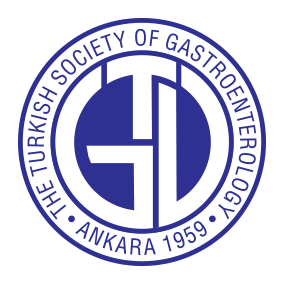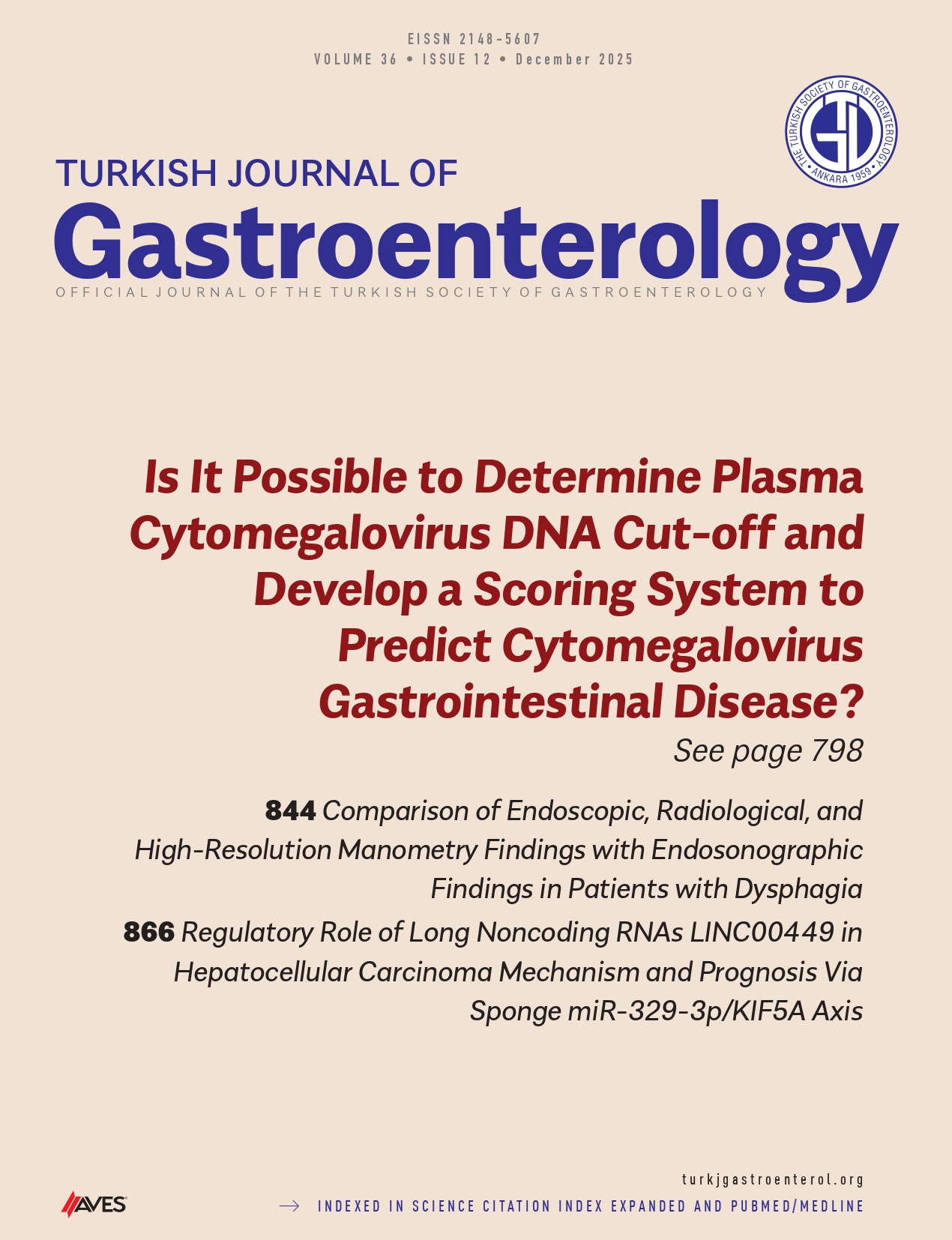Background/Aims: Idiopathic achalasia is a rare esophageal motility disorder of unknown etiology. Although its neuromuscular aspects are well described, little is known about the role of the esophageal epithelium. This study aimed to evaluate the activation status of key cell signaling pathways and assess esophageal epithelial barrier function in achalasia patients.
Materials and Methods: Biopsy samples from 37 achalasia patients and 15 healthy volunteers (HVs) were analyzed. Tissue resistance and permeability were measured using a mini-Ussing chamber system. Gene expression related to epithelial integrity and signaling was assessed via quantitative reverse transcription polymerase chain reaction, and corresponding protein levels were evaluated using enzyme-linked immunosorbent assay (ELISA) and multiplex ELISA.
Results: No significant differences were observed in epithelial resistance (achalasia: 187.3 Å} 25.6 Ω vs. HVs: 166.8 Å} 20.1 Ω, P = .18) or permeability (achalasia: 35.76 Å} 5.4 pmol vs. HVs: 36.9 Å} 4.7 pmol, P = .67) between the 2 groups. Thirty-two genes involved in key signaling pathways were found to be significantly deregulated (P < .05), and 6 key signaling proteins (Akt (Ser473), c-Jun (Ser63), Erk1/2 (Th202/Tyr204), Thr185/Tyr187), IκB-α (Ser32/Ser36), MEK1 (Ser217/Ser221), mTOR (Ser2448)) were downregulated at the protein level (P < .05).
Conclusion: The findings reveal that major signaling pathways, including MAPK, PI3K/AKT/mTOR, and JAK/STAT, are significantly suppressed in the esophageal epithelium of achalasia patients, despite preserved epithelial barrier integrity. These molecular alterations may represent a previously unrecognized component of achalasia pathogenesis. Furthermore, the preserved barrier function suggests that endoscopic therapies such as peroral endoscopic myotomy may not exacerbate reflux-related epithelial injury in these patients.
Cite this article as: Kipcak S, Ergun P, Gunel NS, Bor S. Epithelial barrier function and altered cell signaling pathways in the esophageal epithelium of achalasia patients. Turk J Gastroenterol. Published online October 10, 2025. doi:10.5152/tjg.2025.25031.




.png)
.png)